28 images from the A7s, A7II, E-M1, E-M5II, Fuji X-T1, Fuji X100T, and M 240
Hello to all and HAPPY FRIDAY! After I posted my recent E-M5II Camera review (see it HERE) many have been asking me THIS question:
“NOW I AM CONFUSED! What camera do I buy? The E-M1, E-M5Ii, A7II, M 240 or Fuji?!?!
Yes, I get these questions daily and I never give a definite answer as this choice is personal. That would be like asking “what car should I buy” or “which house should I get”? A camera is a personal choice and the reason these reviews are written is so all of you can read and make an informed decision. I understand how hard it is, believe me. But just know that any of these cameras mentioned are truly fantastic and can get the job done. If you are in love with PHOTOGRAPHY and the art of making memories and making art, ANY of these will do.
If you are a pixel peeper it is best to go for something super high res like a Sony A7r as that will give you something to zoom in on and measurbate to. Me, I prefer real photography and making memories as I go on this long journey that we call life. A camera, to me, is made to capture those moments we lose and those memories that in 10-20 years will be very foggy for our aging brains. Looking back at images remind us of the many good times, the family, the friends, the sad times and the exciting times. THIS is what it is all about for ME. I do not pixel peep, I am against it. I occasionally will post crops just to show those who love that sort of thing how much detail we can get but overall it does not matter. At all.
Any of the cameras below can make LARGE prints (I have a 20X30 from E-m1, it is gorgeous. I have larger from my A7II, beautiful). So remember, ANY camera will get you the memories you want to capture but the main difference between them is HOW YOU GET there!
Yes, some cameras make it a joy to get your memories while others make it a pain. Some will get you there with amazing technology and others with their simplistic charm. Some will offer you bold looking files and others a more natural looking file. Some will offer you tools to help you (such as 5 Axis IS or a nice large EVF) while others make it a challenge (Leica M RF).
Below I have chosen 7 images from the A7 and A7II, Olympus E-M1 and Em5II, Fuji X-T1/X100t and the Leica M 240 so you guys can see in one place, the differences between full frame, APS-C and Micro 4/3. Depth of field will be different, color will be different and the overall vibe will be manufacture specific. I have no secrets here on this blog and I always tell it like it is..FOR ME and MY tastes. Not everyone will agree. But enjoy as I share my thoughts on these different mirrorless systems.
SONY A7s and A7II
The Sony A7 series appeared with a bang when the A7 and A7r were announced. Full frame small mirrorless cameras that performed amazingly well with rich files, rich color and decent usability. While slow in Auto focus and a bit clunky with the early models, the newer A7s and A7II improved things such as AF speed and accuracy, high ISO capability and in the case of the A7s, amazing capabilities with Leica M glass. I love the A7s and A7II with a preference to the new A7II for its better build, 5 Axis IS, and gorgeous IQ (for me, the best of the A7 series IQ). If you want that full frame creamy look with massive shallow depth of field, Full Frame is where it is at. APS-C or Micro 4/3 can not do it to the level of full frame.
If you want the most dynamic range, usually a full frame sensor will give it to you as well. On the other hand, shooting fast lenses on full frame can be difficult as the Depth of Field can be so slim and narrow many times people misfocus. But when you nail it, it can be gorgeous.
The Sony system is still somewhat new, less than 2 years old yet there are many lenses out for the system already, and me, I like to use Leica M glass and old exotic lenses with my Sony’s.
CLICK all images for larger and much better view
The A7II and Leica Noctilux at 0.95
–
ISO 32,000 with the A7s – Mitakon 50 0.95
–
The A7s – click the images for moire detailed versions! What you see here is NOT the best way to view them. You must click them!
–
The Sony A7s and 55 1.8
–
A7s again..
–
A7II and Noctilux..and amazing combo
–
An OOC JPEG at ISO 8000 using the 35 2.8 Zeiss lens
The Sony A7II represents the best of the Sony A7 line for me. It has all you need to create beautiful rich files. Wether you use native lenses or Leica M glass or old vintage rangefinder lenses, this is the camera that can handle it. The A7s is the king of the night, with amazing low light and high ISO abilities. The A7II can not come close to this ISO performance but IMO beats the A7s in overall IQ. The A7 series is doing VERY well for Sony, above expectations so this is good and can not wait to see what they come out with next.
—
Fuji X-T1 and X100T
Ahhh, Fuji. Many love Fuji and they have some hardcore fans, that is for sure! Me, I like Fuji. I used to LOVE Fuji back in the days of the S5 pro and original X100. Today I feel they went a bit backwards with the X Trans sensor. I just do not like it as much as the original sensor from the X100. When I look at any Fuji images (not just mine) they have a look to them from the X Trans that while nice, is not my preferred look. In fact, its at the bottom of the heap for me. There is something un-natural about the files for my tastes but even with that said, this is a personal thing and what I may dislike, someone else may love to death.
Many love Fuji and that can not be denied. They sell well and they do “Fuji Color” very well. Where it falls flat for me is true low light ability. The files get “dirty” and “mushy” in low light and this is why all of the really great Fuji images in recent years were shot in amazing light. Give the X Trans amazing light and it will reward you. Give it dull or low light and it will not. For me, the Sony files and the Olympus and Leica files below beat the Fuji when it comes to overall IQ.
Body wise, the X-T1 is fantastic. Its a wonderful body but still compared to the A7II, E-M1, and M 240 it feels the lowest quality of build. It is not bad in build, but when you compare side by side with the competition, it feels a bit lacking and hollow. Much better than previous Fuji bodies though. Fuji has come a long way since the X-Pro 1. Now they have much faster AF, world class EVF (best there is), nice external controls for all of your needs and great usability. If Fuji still used the old X100 sensor I would own an X-T1 🙂 That X-T1 above looks AMAZING doesn’t it?
Typical Fuji look in normal light..
–
I always have issues with the X-Trans blowing highlight, even if using the extended DR modes (which make the image look very flat imo) – Here the bird is exposed correctly but the highlights have blown. There are many examples of this and i never have this issue with my other cameras. Nothing I did could save the blown out highlights here or in other X-T1 images.
–
The good thing about Fuji is they support their cameras NON STOP. Firmware releases are regular and they fix bugs that pop up, improve AF speed and do good things AFTER you buy the camera. They are improving their bodies non stop as well, and the X-T1 is a winning body without question and I am sure they will keep coming out with better and better cameras. One of these days I will buy myself a Fuji 🙂
Olympus E-M1 and E-M5II
To me, this system is so mature and so well executed today that these are some of the best cameras you can buy today, regardless of mirrorless or DSLR. There are a thousand reasons for this from size, build, pro level features, freeze, shock, weatherproof…huge EVF, super fast AF, amazing 5 Axis (best in the world), awesome video in the new 5II as well as the rich files with superb color richness as well. Some of my favorite images of my life were shot on 4/3 and Micro 4/3 systems and I place this just behind the Sony A7II and Leica M for IQ.
Today, the E-M5II and E-M1 meet or exceed nearly all APS-C cameras for build, speed, features, capabilities, color and yes IQ. It can not beat a full frame model for Dynamic Range, Details or high ISO but it holds its own and then some for APS-C and for me, the E-M1 is probably the best camera body I have used, ever. I am talking about the whole package… build, features, speed, controls, versatility, what is possible with them, etc. As I said, IQ is just behind the full frame models. It really is.
Even so, Olympus is doing great things and they are the inventors of Live View, Dust Cleaning in camera, 5 Axis IS, and more. Good to see them still innovating. I also feel the best lenses next to Leica M are right here for Micro 4/3, from the Nocticron to the 75 1.8 to the 40-150 to the 12mm f/2 to the f/0.95 Voigtlanders. So many choices.
Shot with the 17 1.8 at 1.8. Amazing lens with just the right amount of detail and tones.
–
The 40-150 – the color here is WOW. JPEG. The way I brought this out is by using SPOT metering.
–
The 12-40 f/2.8 pro zoom. One of the best standard zooms I have used.
–
The 17 1.8 again, smooth, sharp and wonderful bokeh.
–
Nocticron goodness…f/1.2
–
The Voigtlander 25 0.95 at 0.95 – THIS is a special lens.
Olympus have created quite the tool for the PHOTOGRAPHER who puts his priorities at capturing the image, the moment, the memories. The Af doesn’t let you down, the controls are spot on and the build is the best of the lot. Lens choice is plentiful and its only weakness is that it will not give you full frame shallow depth of field (but neither will APS-C). For me, the E-M1 and E-M5II beats most APS-C camera as a whole, without hesitation, even factoring in size. Now there are some great bodies by Panasonic as well but for me, they do not have what it takes to take on Olympus’s E-M1 and E-M5II.
Leica M 240
Ahhh, the system I loved and used for many years, ever since the film M7. I have had an M ever since from the M8 to M9 to MP (film) to M9P to M-P 240 to Monochrom. I have had them all and loved them all. For me, this is the pinnacle of simplicity. Real photography. Not much in the way of features but this is how it should be with an M. Just you, the camera, and the subject. Nothing to worry about – just focus, set your aperture/exposure and shoot.
The Leica M is an all time favorite of mine, hands down. The only issues today is with cost. Buying an M 240 and 50 APO will set you back $15,000. Buy a used M and used Voigtlander lens and it will still set you back $6k. You have to be majorly dedicated and have a nice padded bank account to jump in today, so not everyone can.
Today with cameras like the Sony A7II leica seems to be losing some ground. Back in the M9 days they ruled the roost as there was nothing quite like the M9 in use or in age quality. Today, there are a 1-2 mirrorless cameras that meet or exceed the M 240 image quality and color and for much less money. While you will never get the experience of the M from a Sony, Fuji or Olympus and you will never get that true pride of ownership with anything else (once you feel and shoot with an M it is tough to go to anything else) you will get IQ that can beat it from other cameras. Today Leica is not “the best” in IQ but they are “the best” in lenses, experience, build, and feel AND simplicity. The M lenses are the best in the world IMO and they are SMALL and built like mini tanks.
I love Leica, and I love the M 240. Period. It’s has some magic in the bloodlines but today it is getting harder to justify unless you REALLY only love RF shooting and have a big fat bank account.
The M with the 50 APO
–
The M with a Voigtlander 50 1.5
–
The M with a 90 Elmarit
–
50 APO again
–
Noctilux
–
35 Cron
As I look back at these random images I chose for this article I study them and not only am I looking at the file quality and character but I am remembering the times I had shooting those images and according to my memory, the most fun I had shooting was with the Leica M, hands down. Then it would be the E-M1 and E-M5II, then the Sony A7II and A7s and then the Fuji. All have the capability to capture your frames in high quality but the one you choose will be part of your personal journey. The one that speaks to YOU, not ME. So next time you get ready to send an email asking “What should I buy” – ask yourself this question and go with you 1st gut instinct. That is usually the correct choice 🙂
You can see my full reviews of the cameras listed above:
Sony A7II – Sony A7s – Fuji X-T1 – Fuji X100T – Olympus E-M1 – Olympus E-M5II – Leica M 240

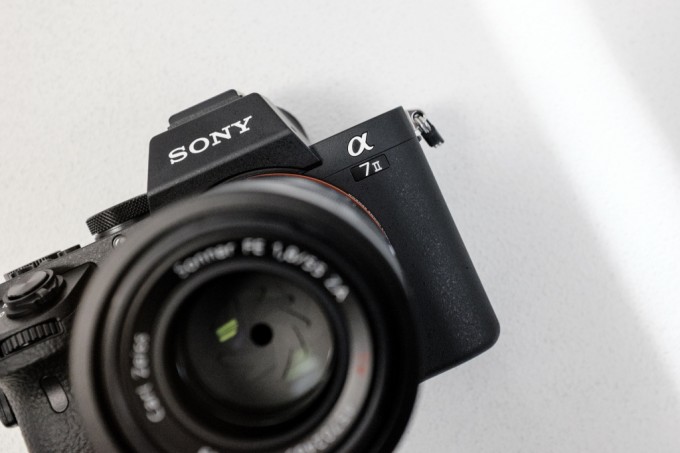
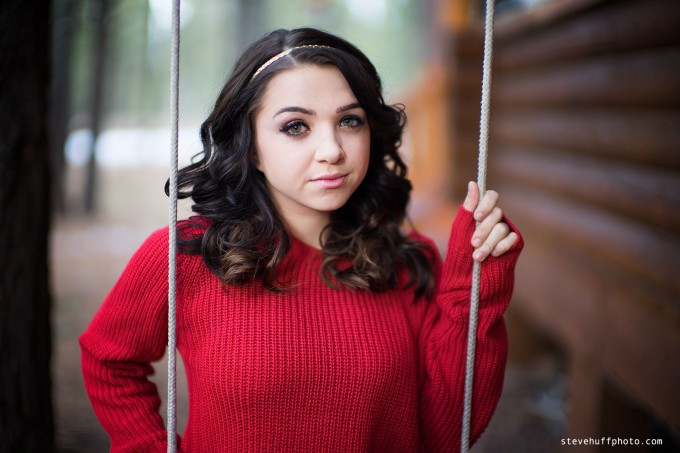
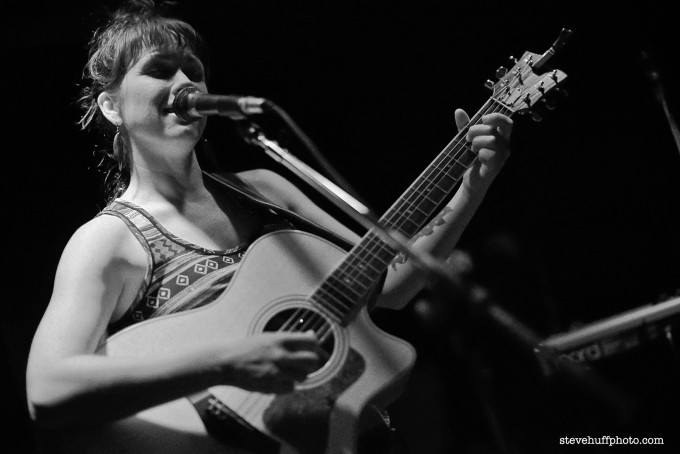
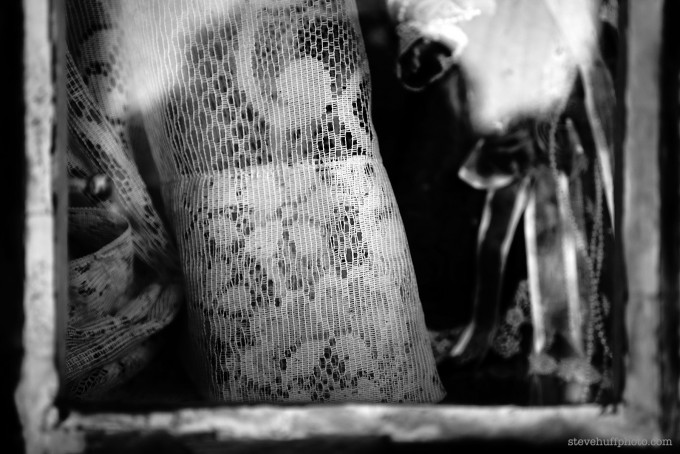
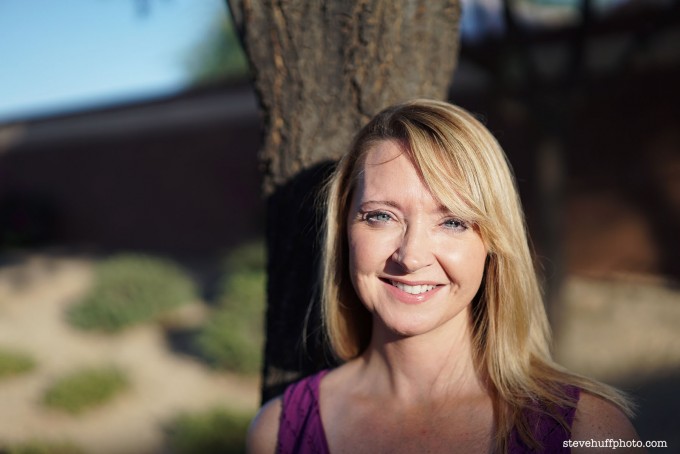
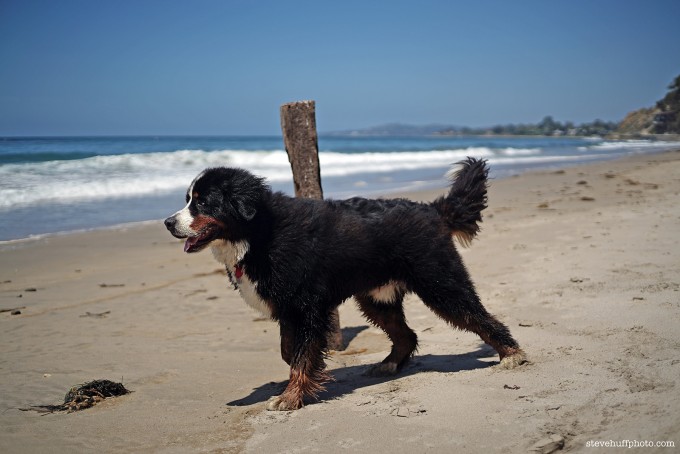
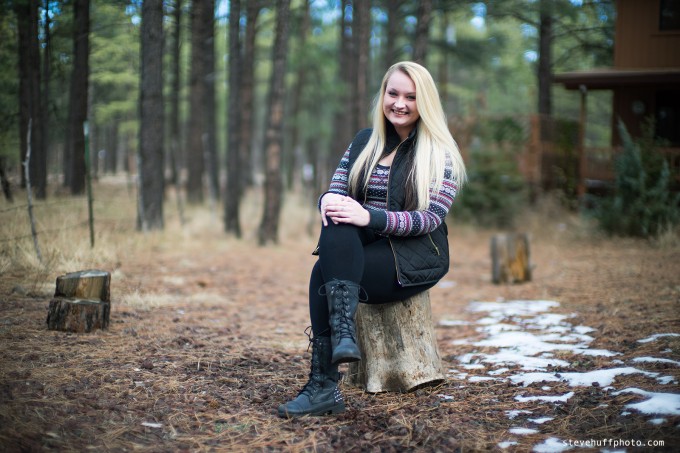
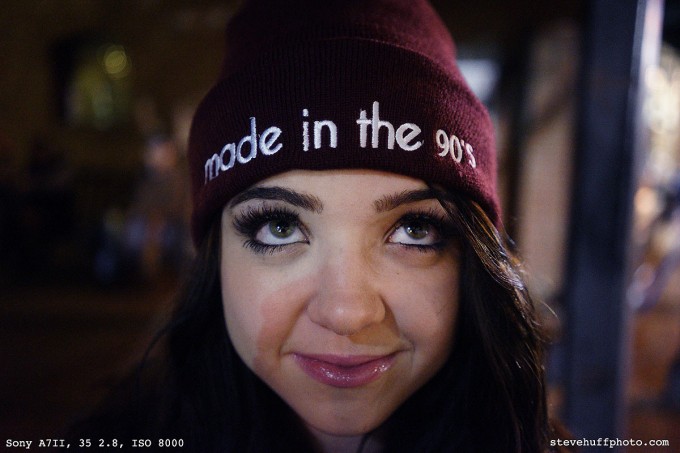
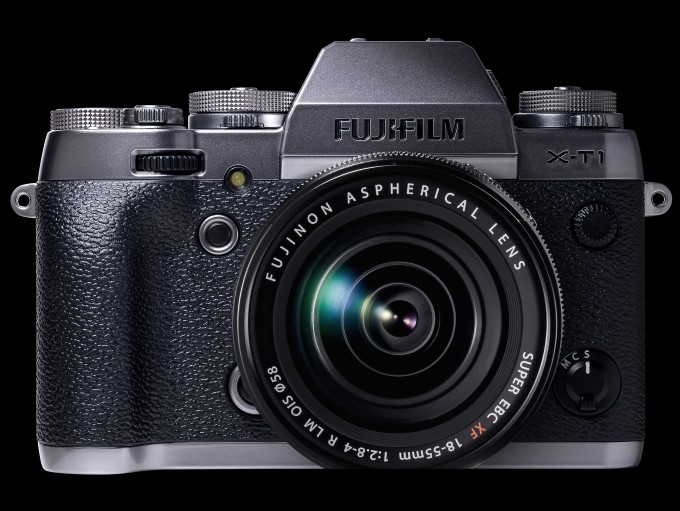
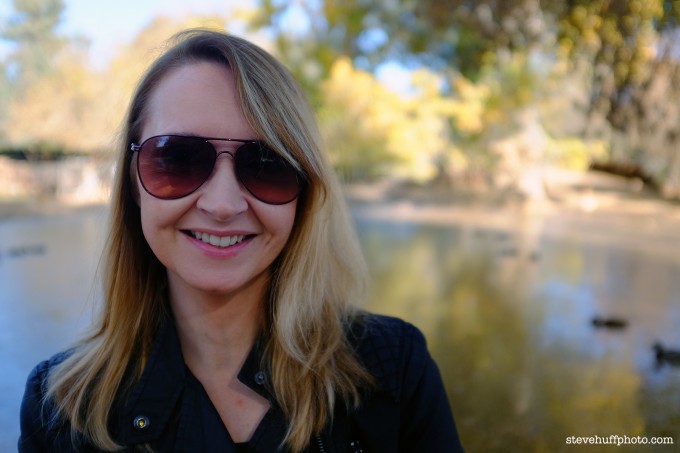
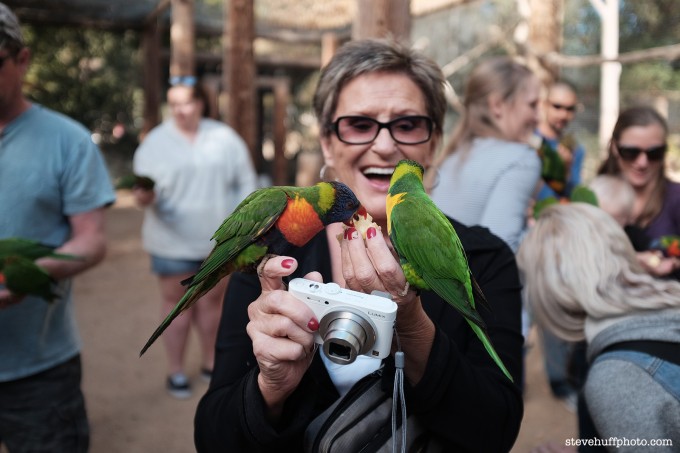
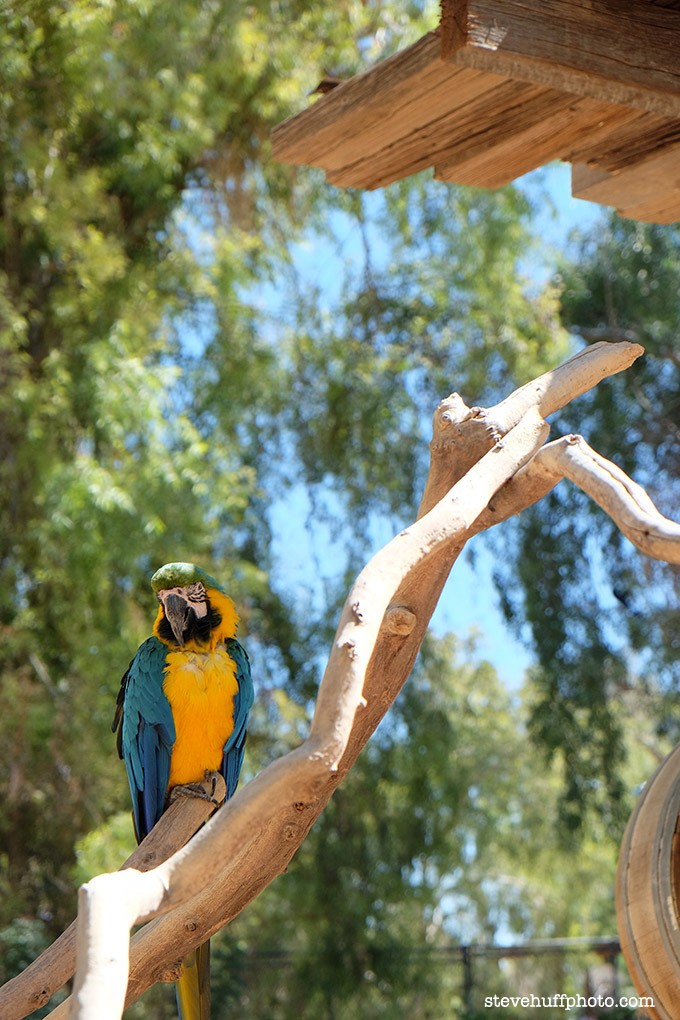
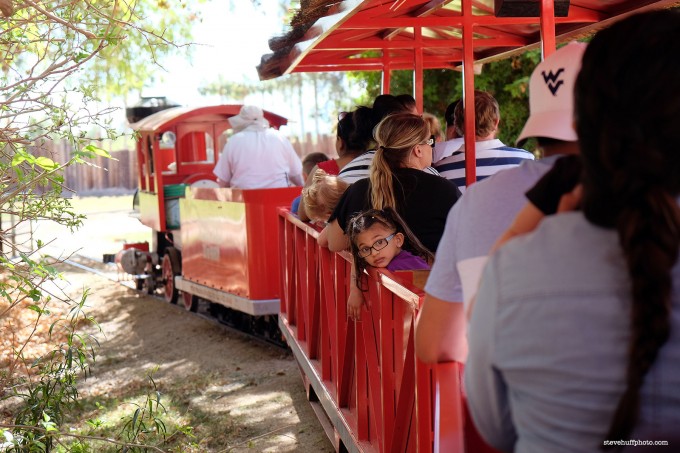
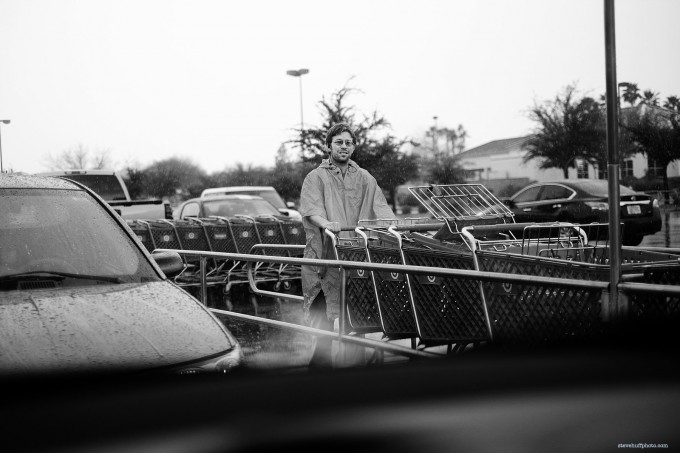
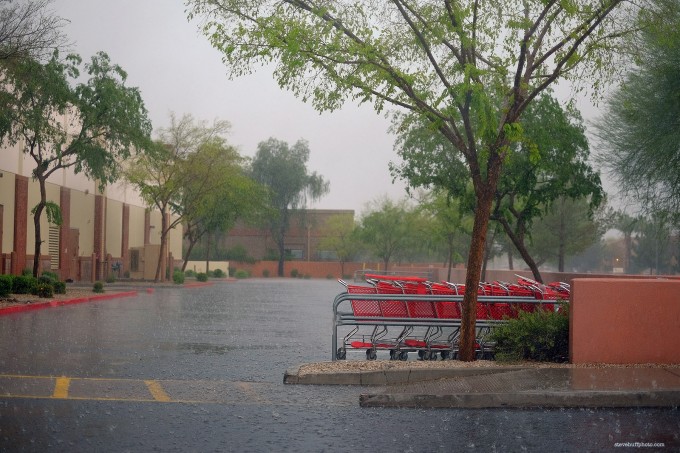
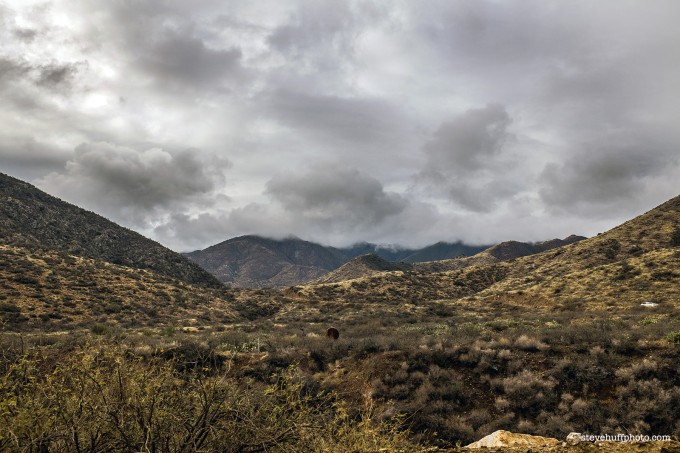
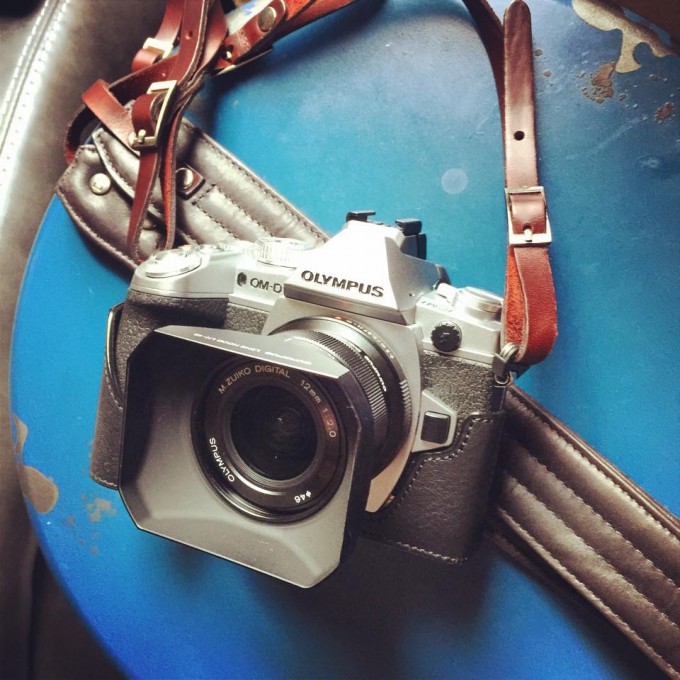
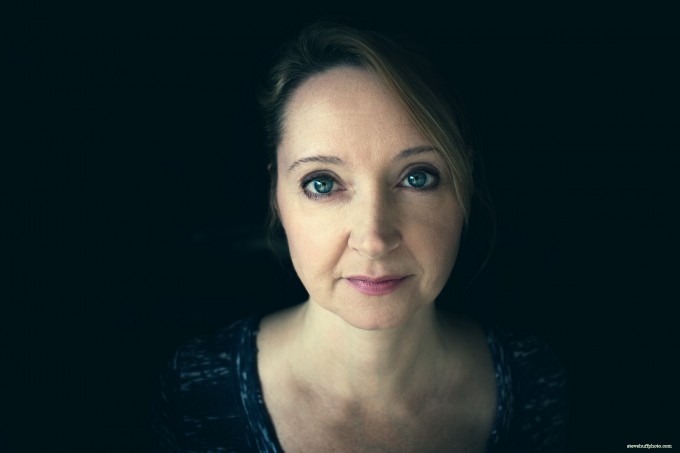
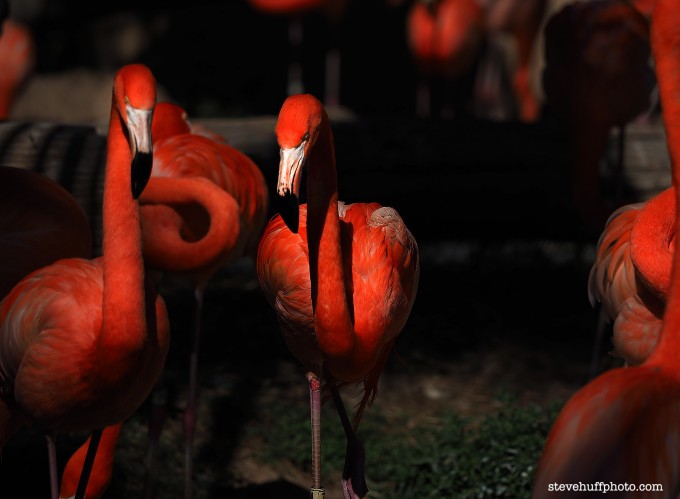
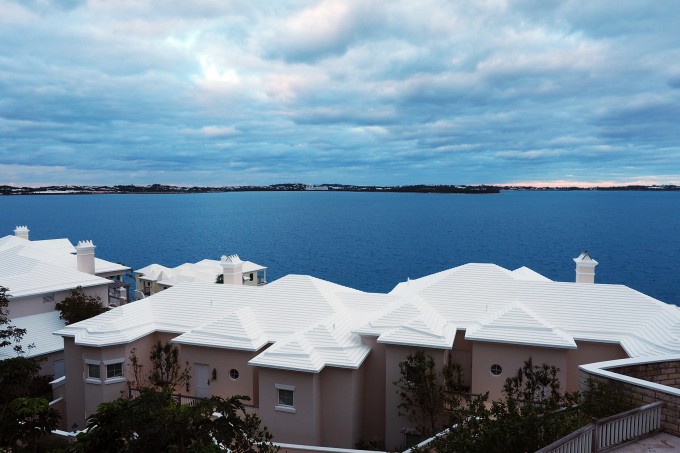

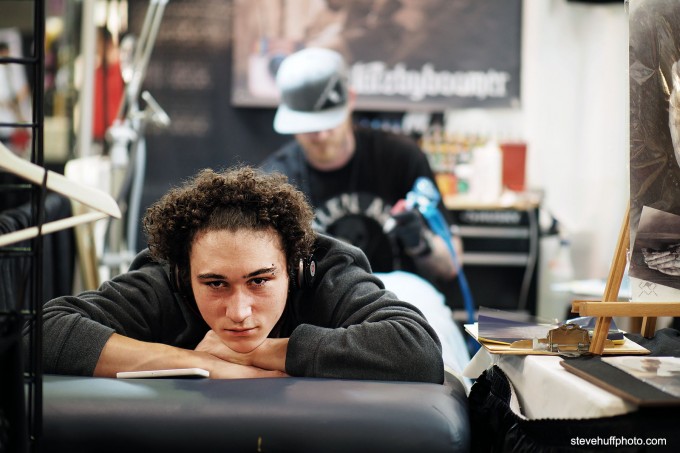
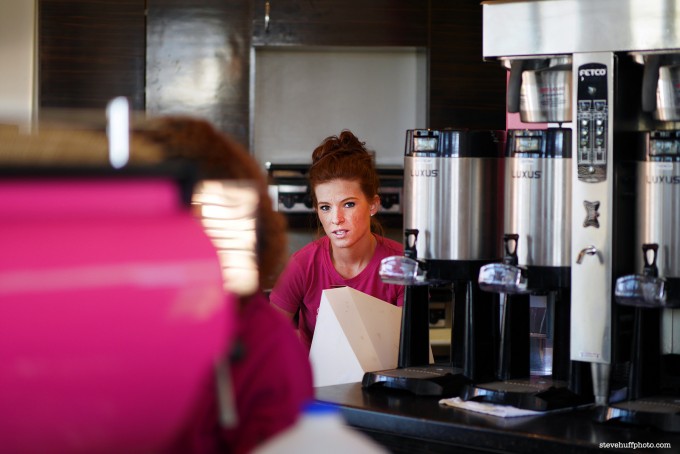
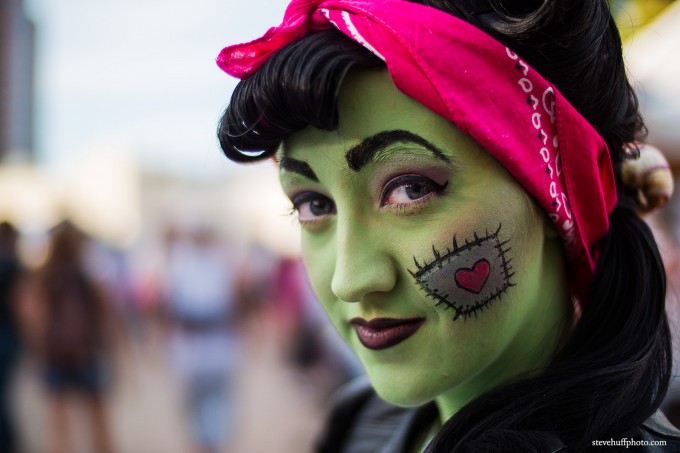
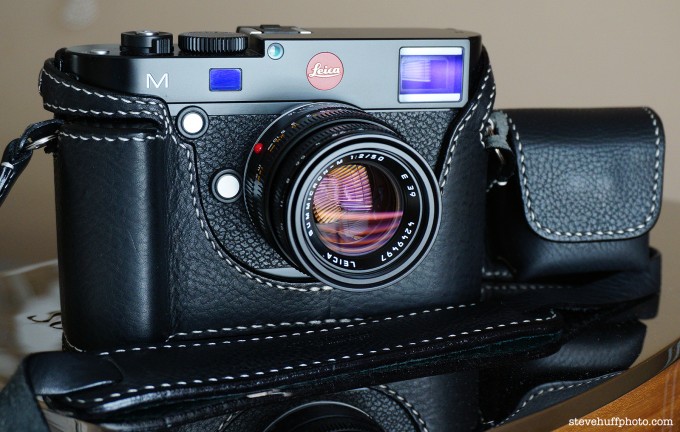

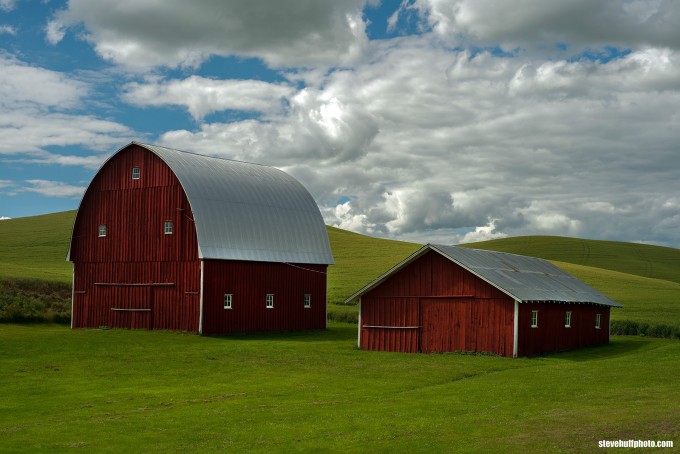
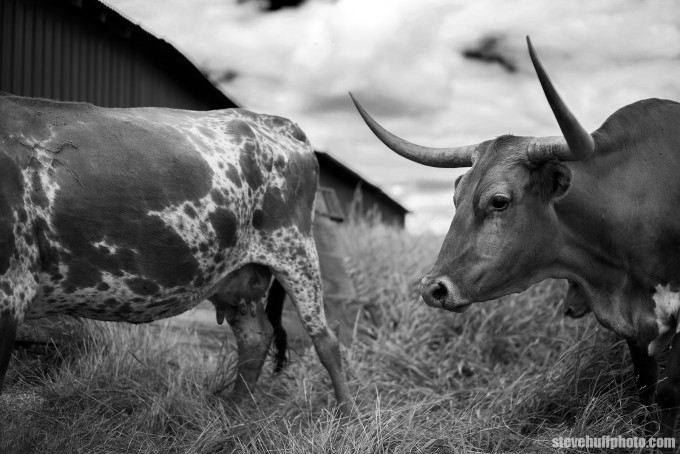
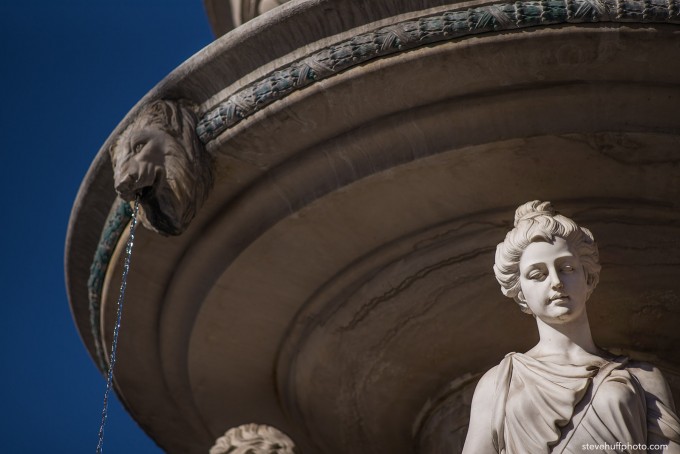
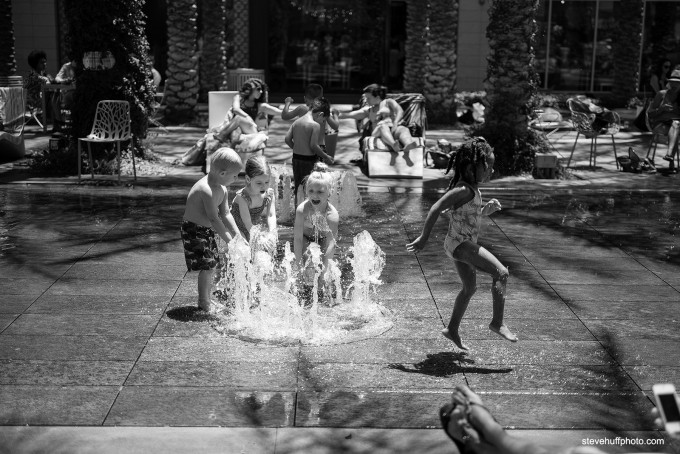
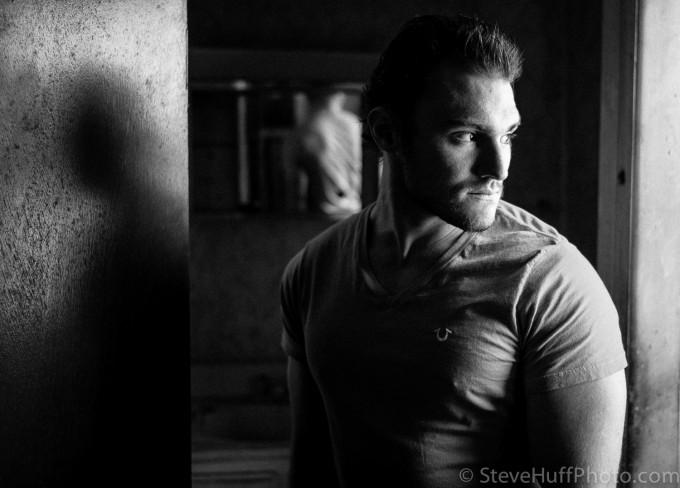
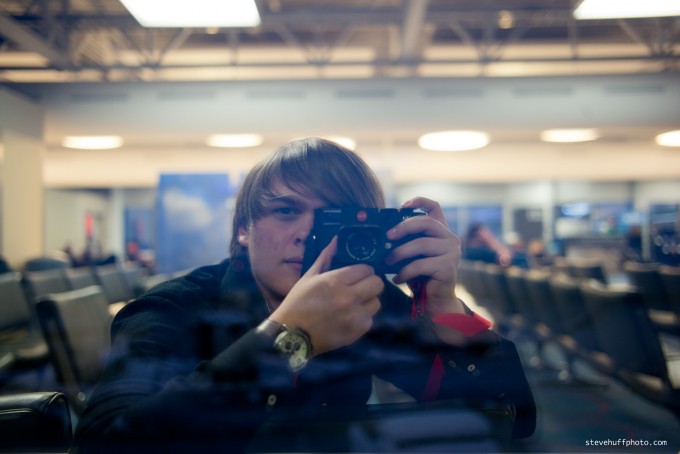



Unreal.
The shot with the 2 barns and soft rolling hills AND deep 3D clouds is UNBELIEVABLE.
Major Fantastic.
But my God Leica wants that $$$$.
Really great shots!!!
2 things I notice, in your write up and in the responses are discussions around DR and spot metering. Essentially they are hand in glove related. Coming from film, metering is done differently for slide film from negative film. Digital sensors meter like slide film. Highlights once blown are gone forever. Expose for the highlights. Either use a spot read of the highlight or use EV to “dial it in.”
Digital sensors are wonderfully capable devices and have quite remarkable abilities to recover shadows. That this ability seems to increase along with ISO was at first a surprise to me but as clean as sensors have become it matters little. I first noticed this with my Fuji X-100 but believe it’s pretty much the same for any modern camera.
Spot expose (or adjust) for the highlights, use ISO’s around 800 and recover as much of the shadowed area as your artistic tastes dictate. In this way the DR of the final image can be made to exceed the DR of the camera. This is an important point I believe.
Our eyes exceed the DR capabilities of our cameras and very often the scenes we are attempting to photograph exceed the capabilities of our eyes…by a lot. High DR scenes need to be artistically interpreted, post processed or have more light brought onto the shadows. A 10% higher DR capability of a new camera is certainly a good thing but it’s not the big thing, and it’s $$$$.
What’s the purpose for using such a high base ISO?
good question, Mike. It works is all I can think to say. I’m guessing that there’s a tech answer for this but I don’t know what it is. I discovered this through experimentation and thinking about the Fuji DR setting. Fuji offers 3 selectable DR’s, 100%, 200% and 400%. Each move up requires a doubling of minimum ISO. On the face of it this is counter-intuitive. One of photography’s “rules” is that higher ISO’s = lower DR’s. What I discovered is that higher ISO’s = more recoverable info in the shadows which equates to higher DR. I’m quite certain this is true of all digital sensors.
As an aside, with the image cleanliness available with today’s cameras ISO 800 isn’t really all that high…at least not to me.
I’m reading Rico P’s “111 x-t1 tips” or some such title. On this topic he says “The RAW file is exposed one (DR200%) or two (DR400%) stops darker in order to preserve bright highlights of a scene.”
So it seems like an ISO800 DR400% RAW file is really an ISO200 DR100% RAW file with perhaps some different metadata? Since ISO200 is the base ISO, this makes sense of why ISO800 is the minimum for DR400%.
The only reason to use the DR modes (rather than reduce exposure) is that the shadows are lifted in the viewfinder? I have to admit though that I’m still confused about how this impacts the viewfinder since he says “the current firmware of the X-T1 cannot simulate the JPEG results of extended DR settings (DR200% or DR400%).” That would seem to imply that we are getting an ISO800 DR100 preview, but an ISO200 DR100 (which is ISO800 DR400) raw data.
Thanks for the great answer. I guess 800 isn’t that high but I always try and keep the ISO as low as possible and adjust it last. Your explanation makes perfect sense.
I know you’re all going to hammer me but here it goes.
By your examples I would agree that the Fuji is last in line but your dislike of the Fuji system shows in the images you’ve chosen to post for this article. I mean no disrespect to the subjects of course but the X-T1 images are uninteresting and lack creative thought on every level. You have a good eye and I’m sure you would be able to squeeze some very good images out of the X-T1 especially if you adapted that $10,000 Leica glass to it. Honestly, I could have captured images like those you posted with my iPhone 6 plus. It’s clear by your image examples what bodies you prefer which is fine, it’s your site and I like it but if you’re going to do comparisons be fair. Adapt the Noctilux, Zeiss 50 f/2 or some Voightlander to the X-T1 and put your creative hat on and show us what you get. I’m guessing that the images would be stunning. There are plenty of people using the Fuji system that produce amazing images. For the record I don’t care which camera is better as I think they are all great tools. I live in the Mojave Desert which is just as sunny as the Sonoran Desert and I have the that blown out issue with every camera I’ve used (Nikon D60, D7100, Sony RX100, X100, X-T1), you just have to learn your camera and how to use it in different lighting.
I LOVE FUJI! One of my fave cameras ever? The original X100. I dislike the X Trans Sensor, that is all. I have yet to see anything WOW from ANYONE using an Xtrans sensor camera. I have seen tens of thousands of images but none that make me sit up and say “that is a great quality file”. Usually it is “if they used XXX it would have looked even nicer”. So not sure why many say I hate Fuji, as I do not. I have praised MANY of their cameras but until they replace the X Trans with a sensor that does not require you to jump through hoops to get the most out of it I would never own one myself. I do not ever use Leica glass on anything but full frame cameras as the lenses lose much of their character on APS-C and especially Micro 4/3. In fact, Fuji glass does better on their cameras IMO. I remember doing a side by side with the Fuji and Leica M when so many said it beat the M for IQ and use (which is absurd). It is in my Voigtlander 50 1.5 review but the differences are so plain to see. In any case, I have tried my best with the latest Fuji cameras and for me they just do not give me the look or even enjoyment of use because I really dislike their sensors today. When they upgrade or improve on that I will probably own a Fuji.
…but…but…but…It doesn’t make any sense that the X100 (not s or t) is magical, *for the reason of eschewing x-trans*, unless the X-A1 is also magical, right?
So, is the X-A1 magical too? If not, then we should blame something other than x-trans… like maybe the processing changed, or maybe the 16mp sensor underlying both color arrays is somehow “worse” than the 12mp of the X100.
I think an X100, X100s, X-A1+23 shootout is in order??
The X-A1 does not have the X-Trans. Not the best *camera* its the sensor, not the camera. The X-A1, for me, would take better looking images than an X-T1.
I’m asking you to take some pictures with the X-A1 (or X-A2) and show us that they are better than the X-T1 🙂 If they are not, then something bad happened since the X100, but it wasn’t necessarily the x-trans. If they are better, then you have gone some way towards proving that x-trans is at fault.
Well, if you send me an X-A1 and X-t1 I would be happy to do this. Rental fees add up…yes, I have to pay to rent these cameras.
Do you still have the (original) X100? That would also be interesting… X-A1 vs X100. …. I’m considering it…. 🙂
No…miss it sometimes as it was great. They still have a few black SE’s around for a good price..
Ah… the X-A1 has an AA filter (afaik) and the original X100 does not. So if the “magic” doesn’t follow the X-A1, that could be part of the explanation. I will have all of the cameras lined up in about a week (X100t, X100, X-A1/23, X-T1/23) and maybe I’ll do a guest post. If you aren’t happy with my methods then I’ll send it all to you for more testing….
2 quick entries into this interesting series of responses. The X-100 does indeed have an AA filter albeit a weak one and, when I shopped an inexpensive body for my ultra wide lenses I perceived absolutely no differences whatever between the X-A1 and the X-M1. I involved others in image review and we reviewed hundreds of examples. No real differences other than post processing
I get that the Fuji (X) is not your tool. I guess my main point was that the images for all the cameras in this review should have been shot to the best of your ability and the Fuji images were not. I checked out the Voigtlander 50 1.5 review and I’m very impressed with how well the Fuji held up to the Leica. The Leica/Voigtlander 50 1.5 combo wins but look how good the Fuji did. Leica/Voigtlander, $5000.00 – $6000.00, Fuji/Zeiss, $1800.00. I agree that adapting FF glass to a crop sensor subtracts from that lens but it definitely adds to the body. I’ve had good luck using FF glass on crop sensor bodies. Thanks for the great site and community you’ve created.
“I have yet to see anything WOW from ANYONE using an Xtrans sensor camera. I have seen tens of thousands of images but none that make me sit up and say “that is a great quality file”.”
Admittedly, without my knowing how you truly define a “great quality file” and taking it at face value, this is a very bold and seemingly pretentious statement to make. I have been able to say “that is a great quality file” from point and shoots with 1/2.3″ sensors. Out of tens of thousands of images, I can’t see how it’s possible to not notice a single “great quality file.”
I then don’t see how your statement, “All have the capability to capture your frames in high quality,” can apply to the X-T1. That is, unless you believe it can actually capture a great quality file, but its users just don’t know how to make it do so. Are there no serious xtrans photographers? Or are they all just crap?
The m240 slays them all and originally was anti m240 when it came out not anymore I guess
A beautiful set of images. Style and content varied with camera. The Fuji color much like Fuji Pro negative color Film.Dull and uninspiring,with my experience.I used Amateur films for more vivid pix!
The results depend on individual tastes..
Rats! Rats!
Them Leica images, esp the kids and sparkling water so far ahead, there’s no second!
Well OK Olympus, Sony and Fuji.
hate the 0.95 lenses..
Of course the Leica looks the best but that is down to lenses. It’s unfair to compare tthe other cameras to what mush be more then $30,000 of lenses (Noctilux, 50mm app, etc)
I get that the lenses are used on other cameras here but the non FF one don’t rrally extract the goodness of the lenses.
After Leica Fuji loos the most natural and cinematic. The colours of course are perfect which is a Fuji trademark. Don’t know where the highlights things is coming from, you just underexpose like I do with ALL the cameras above.
Sony is the most detailed and the best bang for buck. If you want the best quality in the smallest package I have no doubt the A7 series is the one.
Sorry to say it but I’m afraid M4/3s are the odd one out. Over sharpened and digital looking images. People try so hard to like them due to the size and cool tech but for IQ they really have difficulty standing up to this group.
If I could only afford 1 camera here it would be the A7S which has the most superb rendition have ever seen outside medium format (except perhaps the D810). If I could afford it would be the Fuji and the Leica, AF ISO everywhere solution and visceral lenses with sublime manual focus.
Ok back to reality ….
The best photos are with the M. It seems to be the tool which inspires you most and gets the best out of you. The two with the CV 50 1.5 and the one with the Noctilux are superb.
Soo youre saying just buy all of them? lol
Sounds like it’s time for you to go back to shooting an M camera. Isn’t the enjoyment of shooting a system the most important part? And I say that as an a7 system user.
Well, $15k for an M and 50 APO (my fave lens ever for the M) – not in the cards right now 😉 That Safari kit seems tempting. With me, lately it seems all I shoot is for reviews, so I am always shooting different systems and lenses..for this site. My personal shooting time has went down considerably so owning an M again would be spending a ton of money for something that will not get much use. The images here in this post are all review images, shot for reviews of the cameras or lenses..none are personal. One day…but yes, enjoyment from shooting is key. I get that most with Leica, then Olympus. Still, nothing is like using an M. Nothing.
Well, you’ve already got the Leica glass, so no need to spring for he APO lens and I’m sure you have contacts that don’t charge you full retail for an m body. 6k for the body and lenses you already have and love and you’re back to shooting an M. As much as I appreciate all you do for this site, I’d be sad to learn it took you away from shooting for yourself too. For what it’s worth, your joy of shooting an M camera is obvious in he images you make with one. I get caught up on tech as much as the next guy and there’s value to see what can be done when someone truly bonds with a camera system. Hope you get to shoot more for personal enjoyment in 2015!
“If you are in love with PHOTOGRAPHY and the art of making memories and making art, ANY of these will do.”
Couldn’t agree more, Steve. I would extrapolate that statement to say ANY camera will do. DSLR, mirrorless, 35mm film, medium format film, large format film, mobile photography, pinhole, macro, etc., etc., there is so much awesome photography out there that has nothing to do with the camera itself. I think a better way for people to approach the “what camera should I buy” statement is to first go out and look at some photography books. Find an aesthetic that you gravitate towards, and then find out what equipment is needed to get there. Trying to get equipment first and then making your aesthetic fit the equipment is the wrong way to go and leads to lots of G.A.S.
@Jonathan. I totally agree. If the memories are paramount, any camera (new or old, film or digital, camera or phone) will do. And I agree that different tools (cameras) will lead to different aesthetics. One has to accept that advantages AND compromises come along with these different choices.
I really enjoyed this post, I chose the Fuji X-T1 more for the weather sealing than anything else, but keep longing to go back to a Leica. Oddly enough my wife is flummoxed by my Fuji, but she picked up my M-9 and started snapping pictures, said that was the kind of camera she grew up taking pictures with in Venezuela.
So, is my previous reply ever going to be posted or is it going to be censored? I don’t think I am being dis-respectful.
Here it’s difficult to not be biased, but trying hard I was disappointed with my favorite fuji, impressed by the pop of Olympus and satisfied with the structure of the Leica. Oh, I forgot, Sony, seems to only work with Leica Glass, sad.
I’m about to switch my “normal market” preferences from Fuji to Olympus. Awaiting Oly M1-II for better grip and IQ.
That I like the Leica best is a personal Bias-thing. 😉
cheers,
Well. I know the intensions are good, but this is of course not a scientific comparison. Not one picture I ever made got to someone else eyes before I’ve done quite a bit of tweaking on it. There are really very little camera systems out there that have the perfect mix of color and white balance, contrast, highlight, shadows & sharpness settings as a standard feature. On top of that, the use of RAW convertors is not without impact. LR won’t deliver you 100% the same as C1, Aperture, Iridient, Silkypox, Photo Ninja, DxO,… all have their specific settings and experience, and it really takes some time before you’ll get the best out of ANY of the cameras compared. I won’t go that far that also the particular choice of one RAW convertor vs another may depend on your camera, but it unfortunately does and all the rest will be a compromise. Some cameras might be producing OOC better RAW than others but in that respect, I find the remarks about Fuji a bit cheap. I don’t think they are worse than Nikon, Canon or any other MILC. Where it boils down for Fuji, is to establish a good workflow with the RAW-conversions. That’s for me not more or less complex than what I had to do changing over my Nikon DSLRs. Cameras have become very complex beings and I really wouldn’t like to know how many people are just using them in a jpg-mode to avoid this hassle and thus are getting far inferior results of what their shiny, little beauty is capable to produce.
Oly and Sony A share the same camera house size more or less, but FF lenses are big. For travelling light; those days you do not need FF iq; could oly glass or aps glass be put on the A7 series using crop mode and get iq near using the same glass with an oly or aps? And using FF glass shen you need full iq and does not mind the weight?
Fantastic article. People say it’s the photographer that matters and not the camera. But every time it astounds me how different your photos look depending on which camera was used. Each system tested here shows a completely different style and character. It is very helpful because I do believe when a photographer is excited about his camera he will take better pictures with it.
In terms of preference, looking a the pictures above, I would say Leica M > Sony A7 > Olympus > Fuji.
Hi Steve I have used and tested all the above cameras and come to the same conclusion, I ended up with the Combination of Leica M and Olympus EM1 as they give me the best choice for almost any situation and best natural colors SOOC. Great overview!!
I’m with you, Cemal. though I have other cameras, my M and EM-1 simply stand out for their features and rendering.
After using, looking at the same cameras, I came to an entirely different conclusion.
The Sony cameras are not for me. The major problem is that if you use a full frame sensor and autofocus lenses, then the lenses are the exact same size as their DSLR counterparts. Making them big and unwieldy with the camera, which is almost the same size as the DSLR, but with much worse auto-focus. If I were to even consider the Sony, I would more than likely end up with either a Canon or Nikon DSLR instead. The Sony lenses are just not good.
Now, the argument can be made that the Sony is good for the use of “M” glass. However, no where’s near as good as a true Leica M. While I am not a fan of the images from the M240, they look no different than other mirrorless cameras costing much less, the M9 was a truly special camera. If you are going to use M glass, buy a used M9 and take some really amazing images.
The Oly cameras are great. However, very limiting. The small sensor limits creative freedom by providing a huge DOF. Autofocus isn’t challenged very much (much the same as with a P&S. As far as lens quality, the lenses are great, but remember they only have to work with the sweet spot center of the glass. Most problems occur in the corners of the lens, something Oly doesn’t have to worry about.
For me, the Fuji XT1 is the clear winner. Your comment about blowing out the highlights comes down to not shooting properly with the camera. I simply don’t have the problem. The new 50-140mm lens is much smaller than the equivalent Canon or Nikon and outperforms both of them. I find the color and use of the X-Trans sensor to be real pluses for the camera. I do however, agree that if you want to shoot video, look elsewhere.
For me, the following:
True Photographer: Used Leica M9 (not the M240 – missing that something special)
Upgrading from P&S: Olympus. Camera does almost everything for you. And little to screw up.
Like the latest gadgets: Sony, camera is good, though Canon and Nikon MUCH better. The thing to buy if you want to go “mirrorless” because it is the latest thing.
Adjunct to an SLR or Leica: Fuji XT1. The most complete mirrorless system with the benefits of an SLR in a smaller high quality package. Not for sport shooters, nothing less than a DSLR is, but a true camera with lots of control over the image.
Just another perspective from Steve’s, whose opinions I greatly respect. Just in this case a different opinion,
Good review. I have a nikon V1 which is fine for my amateur efforts so I’m unlikely to ever spend a lot on a camera. Maybe if I won the lottery I’d buy a Leica M though. The shots of the farm buildings and cows are stunning.
Thank You for the great article and samples Steve. All wonderful images, but somehow your Leica shots have a timeless serenity and sense of contemplation that I have noticed with many of your other Leica shots over the years ( your MM black and white shots specially – not featured here). You somehow get to another emotional level out of the Leica that is more crafted, more powerful. Perhaps its just that you slow down with the Leica and “become more like one” with the subject. Maybe its my imagination. Again thank you for hard work you put on the site and the thought provoking articles that I very much enjoy.
Jorge Rubia
Maybe its because the camera suits you, maybe it’s my eye or preference, but as far as I am concerned the best pictures here are with the Leica.
I’m sure the Fuji fans will be heading for your castle with pitchforks and torches, so I wanted to stick up for your viewpoint here! My main camera is an Olympus E-M5 (looking forward to the Mark II) but I took advantage of a good deal on a used X-Pro 1 specifically for shooting b&w at high ISOs in low light, where it gives a bit better shadow detail than the Olympus.
Other than that, though, I’d rather use the Olympus for EVERYthing… it’s so much faster, more responsive, less quirky, the lenses are smaller, and the images are just as good or better (amazing how much crisper lenses get when they have 5-axis stabilization behind them!)
I’ve tried an X-T 1 and its AF is faster than the X-Pro’s, but it still can’t keep up with the Olympus. I might buy a new Fuji body someday, but I can’t see ever wanting to expand that system beyond one body and the two lenses (35 and 56) that I have now.
Side point: The Sonys sound appealing for my low-light-shooting habit… but I really like autofocus, and my favorite focal length is an 85mm equivalent — something that I don’t think is even on Sony’s lens roadmap yet!
Anyway, thanks for the broad-ranging overview.
Hey Steve & The World,
A ponderable for you all. A subjective exercise for sure and one that I am sure that will fire the imagination of everyone who checks in here everyday. Let’s have sone fun, ok?
As far as subject matter I’d like everyone to think textures and “still life.”. Let’s say rocks, bark, shingles on old barns – shot from close range – but not super macro – just shots that deliver fabulous texture and art – then blown up to 24 x 36 prints.
I’m interested in today’s most popular cameras and lenses. For me I’d like to narrow the range down to the Nikon D 750, the new Sony systems and say the new Olympus systems.
As mentioned previously, let’s have some fun.
Thanks in advance for your points-of-view, I really appreciate your expertise – and your passion!
Cheers,
Rolfe
We read about so, so many cool things here (thanks Steve!) and we all weigh in on w
36MP and up, an Otus and a heavy tripod. Read Lloyd Chambers, he’s heavily into that sort of thing. Very instructive.
hey Steve!
very nice guide! thank you!
I got the A7s and love it. Currently I am thinking about to buy a new strap and fall in love with the ONA Lima strap. It is Kind of the small Version of the Ona strap you are testing right now.
My only concern.. alot of metal stuff on the strap which for sure proves Quality and enhances the mojo… but I am scared that this could scratch my camera once i store both in my camera back (ONA the Bowery).
What are your impressions so far as this strap is very Close to the Lima in Terms of metal etc.
Best
Sascha
Well, there no question in my mind that the Leica M images you posted are the most compelling. Start saving the money, no? And while you’re waiting pick up a new or used Fuji.
I agree. The Leica images are magical.
+1 something special, must be the lenses I guess. Because the bodies aren’t anything so special anymore.
Like you Steve, I have a significant investment in Leica glass (I use with M3, M6 and M9P). I bought a Sony A7ii (and Novoflex Leica M adapter) and the results thus far with Leica glass and A7ii is spectacular. I’ve learned over the past 35 years of taking pictures with both film & digital (hobby) that the preferred look is based on the eye of the taker. Please continue with your unbiased view, its a dying art.
That red barn shot is one of my favourites. The glow and saturation is just killer
Nikon D700. Beats em all.
“We” tend to gravitate to small, light cameras around here. Yes, a big, ugly, heavy DSLR can do great things, but not everyone wants that sort of instrument. Especially now that we have such good mirrorless cameras to choose.
Why so negative about someone else’s preference? “We tend to gravitate”? Are you the owner here? Maybe we should get introduced.
Did you not see the quote marks I put around the word, we? Or are you just stupid?
If you say so
Or are you just rude?? No need to be so insulting…Not all of “us around here” (never realized it was an exclusive – both senses of the word ;^) – club) limit our choices to the extent that we get high-handed about them. Be cool. 🙂
The Mirrorless camera was not an option just a few years ago and many who wanted to up their game / develop an interest beyond p&s (including myself) opted for a DSLR with the compromise of bulk. I don’t have a mirrorless camera (yet) but will imminently make the jump as I reckon this compromise is no longer needed – the standard of m43 / APS-C is such that it really is down to the person behind the lend to produce a good shot.
Ugly, maybe. But the thing with the weight advantage is yesteryears ferry tale. FF DSLRs got smaller, FF milcs start to get obese and Sony and Fuji release big and expensive zoom and prime lenses whilst Nikon shows how a pro level 300mm f4 can only weight 750 grams. Olympus E-M1 gave up on the mft sensor`s footprint advantage and built a substantial and quite heavy body around it. The EP5 II seems to go into the right direction again, but its 2012 sensor starts to look a little long in the tooth. An don`t forget, with these milc dream machines you always carry a bundle of spare batteries. My DF shoots 2000 pics with one charge. Granted, milcs have come a long way and are almost there, almost.
I didn’t know the Nikon D700 was mirror-less, i’ll have to check it out;)
Olympus E-M5II is on order! Your reviews were a big help in making my decision between that and the Sony A7II since I was starting over from scratch. Loved them both but putting together a lens catalog with the Sony seemed a little too intimidating. Also, it takes me back to my OM-2 days when I first got into photography. Used your link for BH and was able to but together a great lens bundle. Saved about $550 compared to any place else I checked.
Camera choice is so personal. I always look forward to shooting my Sony A7ii a7s or Olympus E-M1 but I never felt that way about the 5D3 even though it produced good results.
Maybe it was the wrist pain from one-handing the Canon for low angle shots. Maybe it was the protective parent who questioned me when I stepped onto a playground with the big zoom-fitted Canon to photograph my grand daughter on monkey bars. Maybe it’s that I need to not have the camera intimidate or be noticed much at all or the need for a silent shutter sometimes when I shoot events. These are some of the issues that shaped my camera choices but they may they not apply to other photographers.
If you shoot a lot, finding a camera you love to use is worth the search. And as your review states – it’s a very personal choice.
B: the camera didn’t intimidate her, the zoom did. Canon makes a very good pancake. Try that one for size and quality.
Right. Big lenses with lens shades are the main intimidation culprit. Something like the 70-200 on an A7x creates the same problem.
Good fair article Steve to me and the Leica just feels like what I love to use like you say go with your first gut instinct.
‘Measurbate’ … Ha! 🙂 We’ll said. I absolutely love the shot with your mom and the birds…from her expression, to the colors, to the overall feel…superb.
And the Longhorns from the M, simply beautiful.
Thanks Steve. Leica really has something special, I have to concede.
This is very informative, Steve. In addition to being an aging music lover/audiophile (in that order,) I am a recovering professional photographer. 🙂 My first “real” camera was the original OM-1 with silver-nose 50/1.8. I actually had a Konica C-35V previously, which was actually a very fine point-n-shoot – the 38/2.8 lens was really, really nice, especially for the cost of the camera.
I have continued with film OMs to this very day, and along the way I have shot M3 with 50DR, 21SA and 90 Cron, Rollei SL66, Toyo 45A with Fujinon lenses, and now a Chamonix 45 N-II with the same Fujis. I also now have a few Konicas with a couple of lovely Hexanon lenses, a Nikkormat EL with Micro Nikkor and a Ricoh with some M42 lenses. All are fun!
For me, digital CAMERAS (not the sensors) did not truly arrive until the X100 came along, and the X-PRO1. ISO (I still sometimes say ASA!) shutter speed, aperture — that’s all I need. Menus schmenus! LCD screen? Not necessary at all. OK, I KNOW I can set up nearly any digital camera to (almost) mimic a manual film camera, but it just doesn’t seem or feel the same. The Fujis, I think have changed that game.
So … I determined that perhaps THIS to be my year to go digital, and the X-Pro would be my body. The plan was to wait out Fuji until the X-Pro 2 released and see what it is like. Or maybe just go X100.
I shoot mainly black and white, and that would not change with digital. I have shot a ton of Tri-X in my life, plus nearly every flavour of Ilford. And to this day I think Agfa APX100 in Rodinal is the best b&w one can achieve, though T-Max 100 and T-Max 400-2 in Rodinal or X-Tol (some times I mix them together) is altogether lovely, if very different in character.
So I’m not looking for a recommendation, but I would be interested in your thoughts on the current Fuji X sensors as strictly b&w shooters. I know it’s not the same to convert to b&w from a colour file, but I simply can’t afford a Monochrom. And even if I could, I think the watermark for my publicly posted photos would be D-I-V-O-R-C-E-D.
Sorry to butt in but if you get a Fuji try this: WB and exposure adjustments in Lightroom (or with the in-camera converter) and use the “Pro Neg Std” color preset. Then choose your B&W (or color) film simulation in DxO FilmPack. I’ve been pretty happy with this flow as of late. One of the nice thing about shooting color (for B&W) is that you can apply your color filters after the fact… not possible with the Leica M-M.
John, question for you. Which film simulation (s) do you find work well for the X-Trans sensor? I’m also a fan of DxO Film Pack but have found over the years that it seems to work differently for different sensors.
My early experimentation with film simulations (not only DxO, I also tried another package) failed miserably… I think the reason is that I was not feeding it a “neutral” image. With Fuji I’ve been pretty happy feeding it Pro Neg Std (as a TIFF from lightroom, but I’m sure good results would come even with a camera-processed JPG). With different cameras I suppose whatever the “neutral” setting is would do the trick. If anyone has an ever better way to prep for FilmPack using an X-Trans image, I’m all ears! 🙂
I found myself wanting to start in FilmPack with all of the presets on the right of the screen and then narrow it down. The way I accomplished that was to make everything a “Favorite” and then make a copy of ~/Library/DxO_Labs/DxO FilmPack 5/Favorite/favorite.xml (that is the Mac location for FilmPack 5). My work flow is then to restore this file from my copy and turn on the “favorites” filter and then “unfavorite” presets as I reject them, which makes them disappear. When I have whittled it down to one simulation then I might tweak the settings again in the input file, or the settings in FilmPack, to finish it off.
I have to exit and re-enter FilmPack every time I replace favorite.xml but it starts up pretty quickly.
As for which simulations work best, I haven’t really been keeping track like I should. There are certainly some that I use more than others. I surprise myself from time to time which is why I keep browsing over most of them. One of the IR sims worked great for a casual street scene recently (nothing to write home about, part of my first experiment with zone focusing and shooting from the hip) but it might be the first and last time I use it. 🙂 At the link I’ll put that one and one I did yesterday of my youngest, I think with Agfa Ultra Color 100.
http://bit.ly/1MNcQtT
Fuji does very well in B&W because the Xtrans precisely added more green photosites- meaning more luminance detail. I find the B&W conversions can look very metallic myself- you can see one of the B&W shots in my post below.
This is exactly right. Luminance detail from the X-Trans sensor is second only to the Leica Monochrom. For B&W work, the Fuji’s are superb.
good essay. In my opinion the top 10 things to look for in a new camera are each the same: how does it fit you? which is essentially what I took from the essay.
I fell in love with the X-100, to me it surpasses any other camera I’ve owned. Of course I got off of the “Red Dot” train at the M-3 so … Perhaps their digital offerings feel better in hand, I couldn’t afford one so in doesn’t matter.
I recently needed a small inexpensive camera to use for Ultra wide angle and as an APS-C retains more wide angle goodness I went with a Fuji X-M1 instead of a 4/3 camera. I had some concerns about the X-Trans sensor so both before and after the purchase I carefully reviewed images from the X-A1 to images from the X-M1. I must have looked at over 200 images. Frankly I find no discernible differences that couldn’t be attributed to photographer or post processing choices. I hope this is true as my grand daughter has “borrowed” my X-100 so I need to buy another I think.
Yeh, I’m one of those sitting on the fence trying to decide on my first mirror less system. You have been a tremendous help Steve. Thank you so much. My short list is A7II, EM-1 and Samsung NX-1. Do you have any plans re looking at the NX-1?
I have read your comments regarding the fuji blowing out highlights a few times now. Somehow I never have these issues. I am always impressed just how good the camera is at recovering highlights. I do shoot in raw so I’m not sure if you are referring to jpg. Since you mentioned extended DR mode i assume you’re shooting in jpg, which explains why you’re having these issues. Most of the Jpg profiles are pretty contrasty.
Come to Phoenix AZ in the summer and do a shoot out with me 😉 The harshest sun in the USA in summer. I shoot in RAW and can recover the highlights much easier with Olympus, Sony or Leica’s mentioned here.
I wish I could. Arizona is beautiful. Maybe one day I will take you up on it.
Thomas, I also get the problem Steve described with X-Trans cameras (in contrasty light) and I live in “sunny” England. My feeling is that if you put x-trans cameras into contrasty conditions the matrix metering goes crazy. It’s a frustration to be sure.
I’ve been using the X system for 8 months/15000 shots plus… Spot metering is the best way to acheive the best DR, i shot with ISO 800 most of the time, even in hard contrast conditions, it’s good. I guess the best DR that close is the A7s.
And many thanks to Steve for this post !!
And this comes from a person who thinks Nikon D800/E has no AF issue, D810 has no thermal noise issue, D600 has no oil spots issue, D750 has no banding issue….I shall rest my case!
I’ve just bought the EM-5 Mark 1 – so a bit cheaper than the Mk II and an introduction to Compact System. I’m finding its metering can be down quite often, though my early photographs have been taken in very high key urban situations, lots of pale coloured tiles and buildings. Also back-light confuses it.
So it’s back to either dialing in compensation (at least easy in a Live View) or spot metering. I have the Video button set to lock exposure in spot metering mode which makes that quick.
I was thinking of going back to the shop and asking if they’d let me upgrade to the X-T1, given the new firmware and all its features. I’m not so sure having read this. Switching to CSC is making me have to think again about each shot, something I perhaps did back in the film days as I had far more keepers in film than I do in digital. Film was expensive for a student back then! My old Nikon DSLR did a lot automatically. I had some focusing issues with the EM5 today, but that could have been user error.
… I wonder if light I can’t see – UV – could have affected the metering. I’ve only just managed to find the small UV0 filters to put on the lenses. I wonder if this changes things. (It also means I can walk around with the lens cap off now and not worry about the lens).
One of my bits of logic when going for the Olympus over the Fuji was the compactness versus sensor size tradeoff. The images are grainy, but that would not show at the print sizes I use (typically 9 to 15 inches for bigger, 6×4 for family photos). I thought I could upgrade the body given time. Maybe see what the EM1 MkII has to offer.
I’ve gravitated towards the x100(s/t) with focal length adapters(WCL/TCL-X100) for these primary reasons:
– I can move to wider or normal focal length without worrying about dust when changing “lenses”, while preserving F2
– with the adapters in a small belt pouch (I use the hard-ish Lowepro case that just fits them both) my neck weight load is not that bad … compare lugging the Sigma 18-35/1.8 around the neck … and I’m going to shoot mostly 23mm (35 equiv) anyway and the “base” camera doesn’t freak people out, e.g. on the street
– the leaf shutter gives me shutter speed options in situations where I cannot make a lot of noise, whereas electronic shutters peg me at 1/125th to avoid banding in the flickering artificial light that I encounter more and more … in the future global electronic shutters will solve this, but for now I need the leaf! … I actually can’t believe it but from my home to my exterior security light (managed by the utility) to the church where Cub Scouts meet and beyond… ALL of them flicker and cause banding with electronic shutter at anything but 1/125th.
So, none of those are IQ reasons, but more along the lines of what works for me practically to have the camera when I need it. I got dust in my X-T1 so my solution to that was to get another one and stop changing lenses. 🙂 One of them lives with the 10-24 and the other with the 56APD, and I very rarely would change either lens. I might grab one or both of these cameras sometimes, or one of my Sigma DPs, but for most things the x100/adapters has it covered!
I just sold the Sony A7s. I know, I know. “For me” the post-processing was just harder for some reason, and sometimes I felt that the noise, while less pronounced (for sure) had a digital-y quality to it that rubbed me wrong… I actually preferred the noisier/flatter Fuji images because the noise was– again, “for me”– more believably “organic.” I guess they key there is “for me”– I guess I’m just an example of the kind of person where Fuji comes out on top of the heap instead of on the bottom. 🙂
Thanks for this write-up!
It’s an awesome buying guide. Thanks! But, where are the Sony a6000, and the RX100* ?! 😛 Sorry for being so annoying…
No worries, these are the cameras I get the most emails on today..and are the most popular choices in mirrorless for the enthusiast.
Off-topic: Are you still using/enjoying your Hasselblad Stellar Steve?
My current gear is always listed in the “My Gear” page.